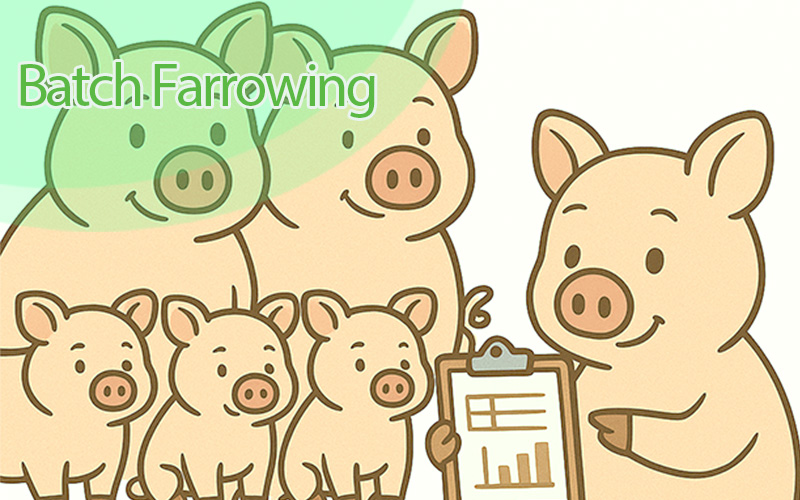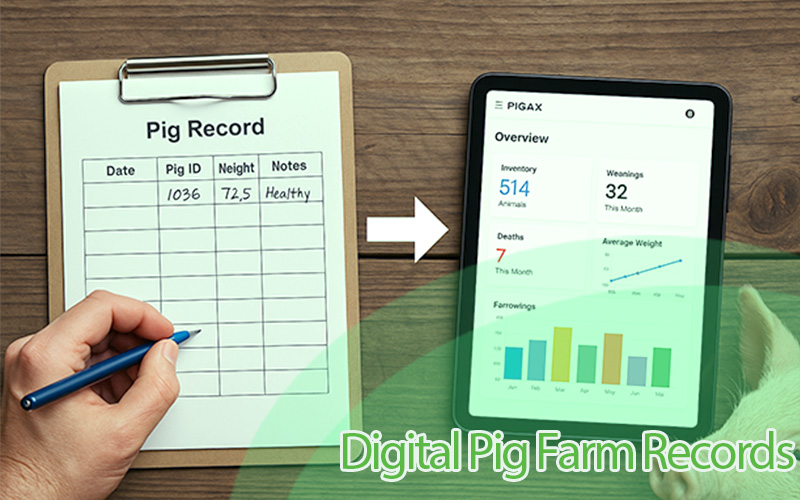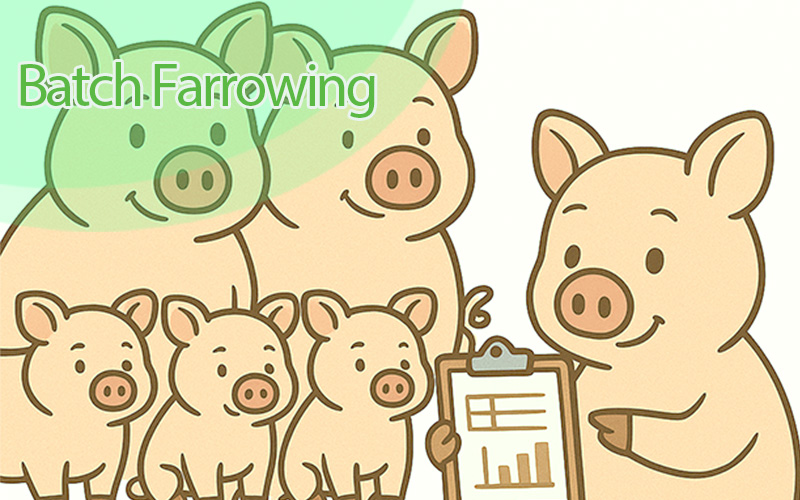5 important sections of a pig farm
Proper housing is crucial to the success of any pig farm operation. It not only provides a safe and comfortable environment for the pigs, but it also plays a key role in maintaining the health, growth, and productivity of the herd. A well-designed housing structure can help to reduce the spread of diseases, protect the pigs from extreme weather conditions, and promote efficient feeding and watering. In this article, we will explore the importance of housing structure to the success of a pig farm operation and how different housing systems can be used to meet the specific needs of the pigs at different stages of their lives.
Pig farms are separated into sections with different functions to ensure profitability in the entire operation.
In this article, we will explore the 7 major sections in a farrow to finish operation pig farm and how they can impact the growth and health of the pigs
1. Mating Pen
The mating pen as the name implies is a section of a pig farm that is specifically designed for mating. It has its own facilities for housing, feeding, and watering and in most farms is called the boar pen since the boar lives there. The mating pen allows the farmer to carefully select and control the breeding process, ensuring that the sows are mated with the most suitable boars and supervising the mating process to ensure it is efficient.
The sow is usually served to the boar in the mating pen observance of oestrus and is separated from the boar after confirmation of successful mating. The sow is then returned back to the gestation barn with the rest for further observation
2. Gestation Pen
The gestation pen is a section of a pig farm that is used to house pregnant sows during their gestational period.
This is where the sows are housed once they return from the farrowing pen. The sows recover and regain strength and weight in the gestation pen and return to oestrus in due time to be served to the boar in the mating pen. The gestation barn is designed to accommodate all the available sows on the farm and contains feeding and drinking facilities for the sows.
3. Farrowing Pen
Once the pregnant sows or gilts are ready to farrow, they are then brought to the farrowing.
The farrowing pen is a section of a pig farm that is used for the birth and care of piglets. It is typically separated from the rest of the farm and has its own facilities for housing, feeding, and caring for the sows and their piglets. It has a creep feeding area for the piglets to creep feed without disturbance from the sow
During the farrowing pen, the sows give birth to their piglets and provide them with milk and care without the interference of other pigs on the farm. The farrowing pen may be divided into several portions for each sow to be alone with her piglets. The farrowing pen is designed to provide a warm and safe environment for the piglets to grow and develop. It may have heating lamps or other sources of warmth to keep the piglets warm, as well as bedding materials to provide comfort and insulation. In some advanced farming systems, it may also have farrowing crates that limit the sow’s movement and reduce the crushing of her piglets.
After the piglets are weaned, they are typically moved to the nursery pen where they have more space to roam and explore. However, the farrowing pen may also be used to protect the piglets from extreme weather or other dangers if necessary. By providing a separate and controlled environment, the farrowing pen can help to reduce stress and improve the overall health and well-being of the pigs.
4. Nursery Pen
The nursery pen is a section of a pig farm that is used to house and care for young piglets during their first few weeks of life. It is typically separated from the rest of the farm and has its own facilities for housing, feeding, and caring for the piglets.
The nursery pen is designed to provide a warm and safe environment for the piglets to grow and develop. It may have heating lamps or other sources of warmth to keep the piglets warm, as well as bedding materials to provide comfort and insulation. The piglets are typically fed a special diet that is formulated to support their growth and development.
Properly maintaining and managing the nursery pen is essential for the success of the pig farming operation. This includes providing clean and comfortable housing, adequate food and water, and proper care and handling of the piglets. By taking these steps, the farmer can ensure the health and productivity of the herd, as well as the quality of the pork products produced on the farm.
After the piglets are weaned, they are typically moved to the growing area where they have more space to roam and explore. However, the nursery pen may also be used to protect the piglets from extreme weather or other dangers if necessary. By providing a separate and controlled environment, the nursery pen can help to reduce stress and improve the overall health and well-being of the pigs.
5. Finisher Pen
The finishing pen is probably going to be the largest in your entire pig-keeping operation. The Finisher pen is where pigs are kept to be fattened and attain market weight. Pigs are usually brought here from the nursery pen
As they grow, these pigs will need a lot of space, increasing levels of food, a clean environment, sufficient shelter for all the animals in the pen, and ways to easily cool off in warmer weather. Pigs that leave this pen are sent to a slaughterhouse or are selected back to the breeding herd.




